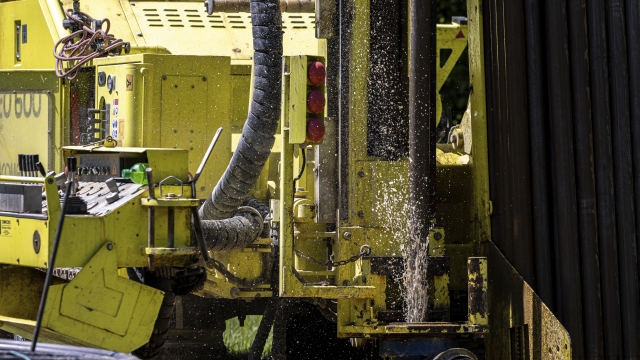Millions of Americans have experienced sweltering heat this summer as temperatures have reached record levels and have not relented.
Last week, the National Weather Service heat warnings stretched from the Dallas/Fort Worth area to the Southeastern U.S. as temperatures in that large area reached 110 degrees. The heat dome has remained over the area since June, when multiple areas across the globe set various heat records.
The months of June and July were the hottest those months have ever been since record keeping began, according to NASA. July 2023 was the hottest overall month ever recorded.
In Texas, the Electric Reliability Council of Texas, or ERCOT, has requested the state’s 30 million residents voluntarily reduce power usage because of the electricity demand to cool homes.
In certain states, however, residents have saved on their electricity bills during the summer by switching to geothermal heating and cooling systems.
SEE MORE: Popular rural energy program faces political uncertainty
Rather than burning fuel, a geothermal system uses electricity to extract heat from the ground during winter and bring it indoors via a thermal labyrinth. To cool during the summer, it removes heat from your home and transfers it into the ground using that labyrinth. According to the Department of Energy, the pumps use up to 50% less electricity than conventional ones, saving carbon emissions and money. "The ground is actually like a big heat battery. And so, all the sunshine coming down heats the Earth and then the ground stays at a pretty constant temperature of about 55 degrees," said Phil Jensen, owner of Sensible Heating and Cooling in Colorado.
Colorado is one of the states incentivizing its residents to switch to geothermal heating and cooling systems. Last year, the state’s governor, Jared Polis, announced the Heat Beneath Your Feet initiative to further scale the technology across the Western U.S., where much of the country’s geothermal capacity lies. A normal geothermal heating and cooling system can be pricey, costing users $40,000 to $50,000 to purchase and install on the low end, so the Federal Government increased its tax credits starting Jan. 1 from 26% to 30% for owners who install them.
Other states like New York, Connecticut, and Massachusetts have also offered thousands of dollars in credits themselves. With the addition of the energy savings, they hope more people will look to install these systems.
"So, for every $100 that you spend on electricity, you get around $400 worth of heat out of it and the reason is because you’re pulling heat out of the ground and putting it into the house, and the electricity is being used to transfer the heat rather than create the heat," said Jensen.
Trending stories at Scrippsnews.com




